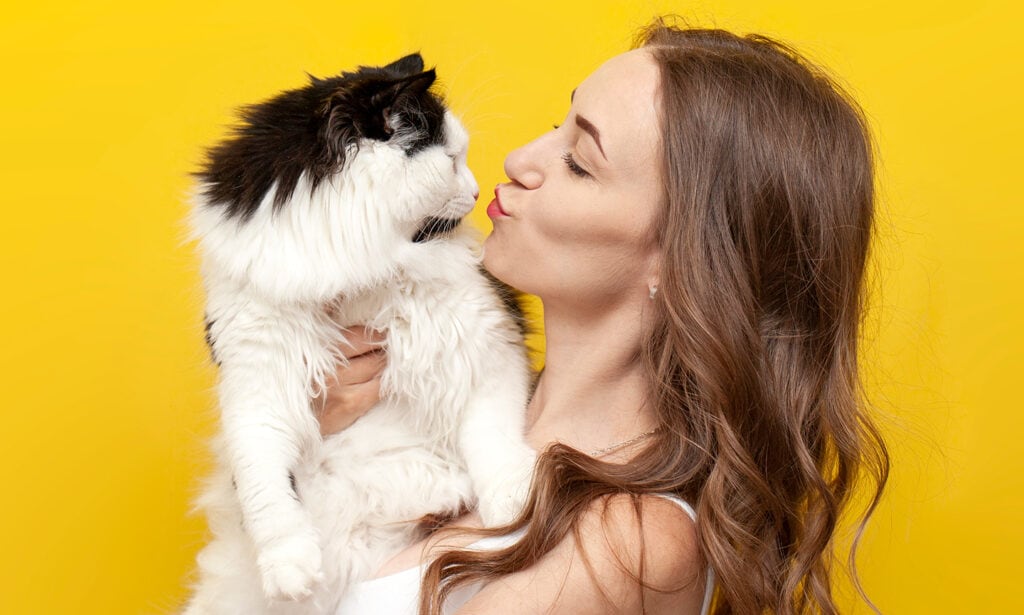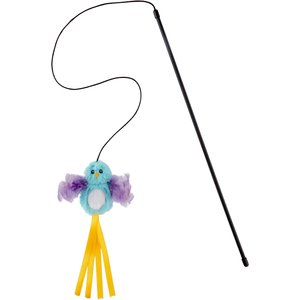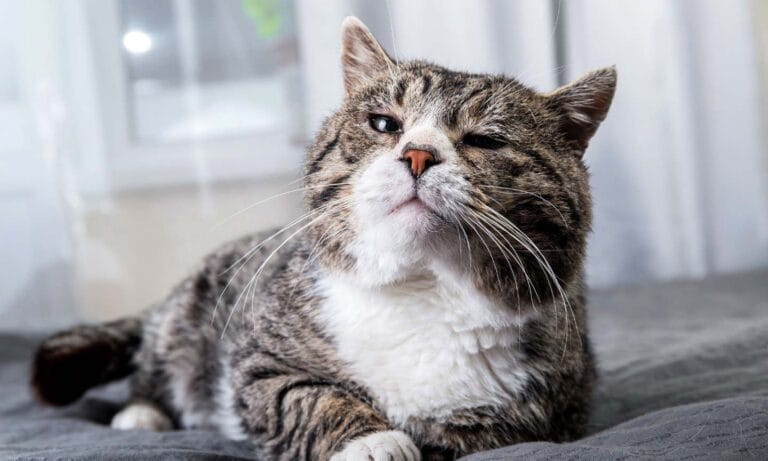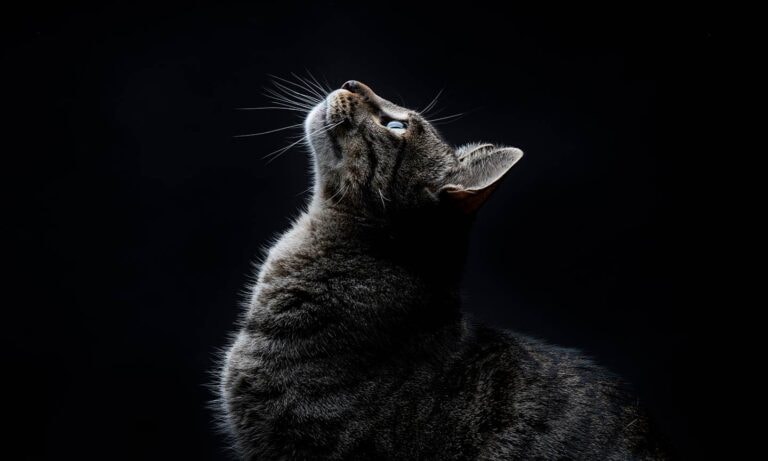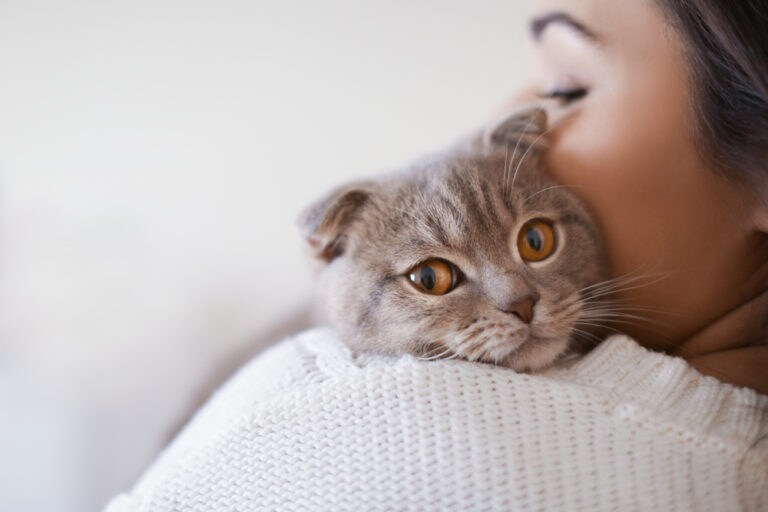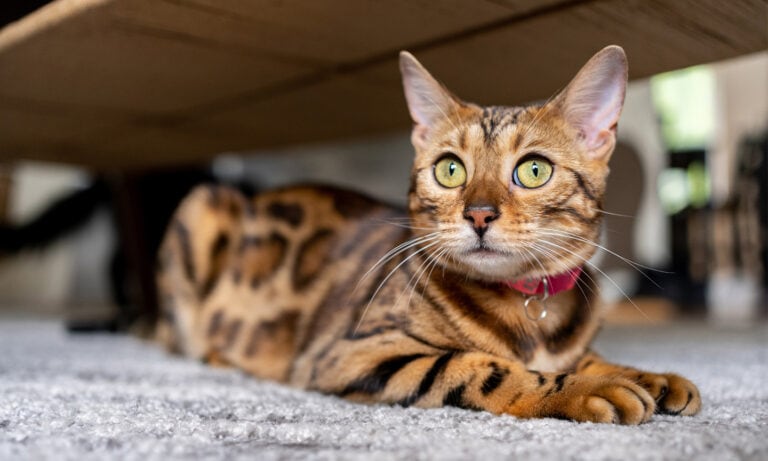Whether you have an indoor or outdoor cat, it’s natural to want to know how many cat years are equivalent to people years. Having a human age reference point can help you understand how your kitty moves through the world. For example, if your kitty is under 2 years old and they shred your furniture, empathy comes easier if you know you’re dealing with a moody teenager. Likewise, if your old friend is getting a little stiff, you can get them a nice bed to ease their arthritis.
Ahead, we have a cat age chart that’ll help you calculate cat years to human years. We also discuss cat life stages, cat lifespans, and more.
In This Guide:
How Many Cat Years Are in a Human Year?
Generally, when a cat is around 1 year old, they are considered adolescents, akin to a 13- to 15-year-old human.
After turning 2, cats begin to age at a rate roughly equivalent to 4–6 human years for every year in a cat's life.
Unlike different dog breeds, who grow up at different rates, domestic cats age similarly across all breeds.
Cat Age Chart
1 year old
15
2 years old
24
3 years old
28
4 years old
32
5 years old
36
6 years old
42
7 years old
47
8 years old
51
9 years old
56
10 years old
60
11 years old
65
12 years old
69
13 years old
74
14 years old
78
15 years old
83
16 years old
87
What Are the Cat Life Stages?
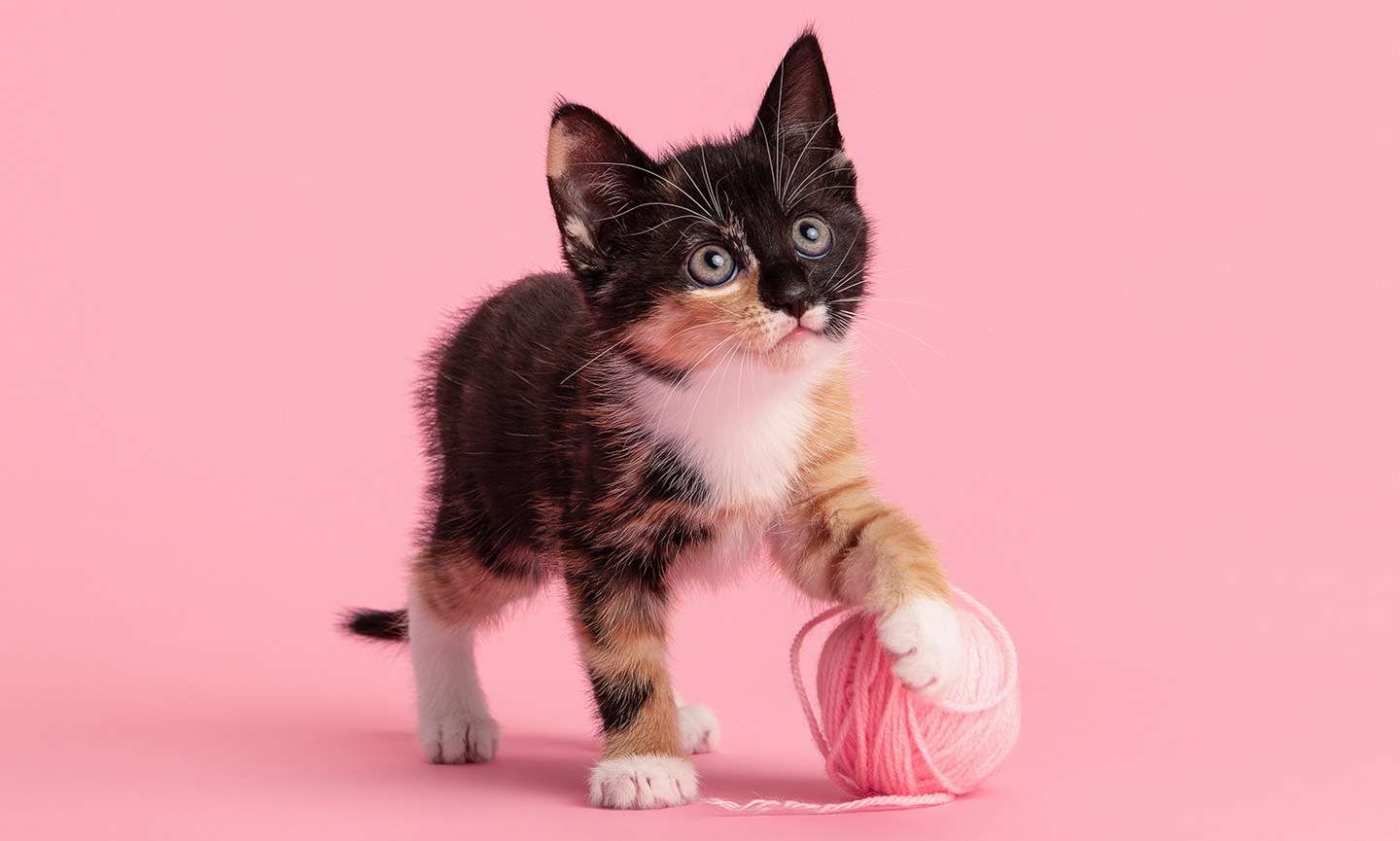
Next, you might be wondering: When are cats considered adults? And how do adult cats age?
Cats are considered adults at age 2, says Casey Seleman, a veterinary technician at Woodstock Animal Hospital in Woodstock, New York.
Mentally and physically, they develop exceptionally quickly from birth to about 6 months old.
By the time they’re 1 year old, they become fully grown, mischievous bundles of energy and instinct. They'll stay that way until they’re at least 2 years old. From there, they’ll continue to bond with you and mature mentally.
The aging process really kicks into high gear around age 7.
Here are the cat life stages:
Kittenhood (0–1 years old)
Kittens this age act on impulse: scratching, climbing, pouncing, and playing.
During this stage, it's crucial to provide outlets for their energy, such as scratching posts and tall structures to climb, like cat trees.
Adulthood (2–10 years old)
As cats mature, they’ll solidify their bond with you. Support your young cat’s mental health with playtime, scritches, and toys.
Understand their food preferences and needs so they get adequate nutrition. Cats can gain weight quickly if you don't keep them active, leading to health problems.
Senior Years (11+ years old)
Regular vet checkups for adult cats are vital for catching any health issues early.
While always important, exercise and weight management are even more critical for senior cats to maintain their mobility and health.
Cats are fantastic at hiding pain, so be vigilant for unusual behaviors, like urinating outside the litter box, which can be signs of illness or discomfort.
You might also see some personality changes in older cats, and they might suddenly find routine things stressful, like a stranger's visit.
They may get matting along their back end, and their coat can lose its luster as they develop arthritis and lose the ability to groom.
Senile cats may yowl at night or hide from you. If they’re behaving oddly, consult a vet to rule out age-related medical issues and find ways to support behavioral changes.
How Old Can a Cat Live?
A cat’s lifespan can vary dramatically depending on the cat’s health. Some cats can live a healthy life into their 20s.
“We have a mentally intact cat that comes to the clinic that’s 21 years old!” Seleman says.
Currently, the oldest cat still living on record is 28-year-old Flossie.
How Can I Tell How Old My Cat Is?

Naturally, you may be wondering next how to tell how old a cat is. There are a few physical traits that give a general sense of the phase of life your cat is in, as well as their life expectancy.
Check Your Cat’s Teeth
Older cats often get tartar buildup on their back teeth. They're likely over 7 years old if they have bad gums or missing teeth. However, not all cats are the same, so teeth alone may not tell the whole story.
Look at Their Coat and Muscles
Older cats might lose muscle mass, and may seem weak or stiff when they walk. If they present with arthritis and their coat is matted or dull, they’re likely older in age.
Check Their Claws
Scratching helps keep claws healthy. Some older cats lose the drive to scratch, which may lead to thicker claws because they're not wearing them down. They're probably senior cats if their claws are too long or if the claws grow into their paw pads.
Look at Your Cat’s Eyes
Cloudiness from cataracts may mean they’re older, but it’s not a definitive sign of advanced age.
Get a Blood Test
Kidney and thyroid problems can be linked to age. A blood test can help you understand their overall health.
FAQs About Cat Age
Q:How can I calculate my cat’s age in human years?
A:Unfortunately, there’s no cat age calculator that determines a cat’s age in human years. However, you can estimate your cat's equivalent years of age in human years. Once they celebrate their first birthday, consider them 15. From there, refer to the cat age chart above.
Q:How long do cats live on average?
A:While the average lifespan for a cat is 12–16 years, cats can live fewer or many more years than that, depending on their genes and health.
Q:Do indoor and outdoor cats age the same way?
A:Cats who go outside may face more dangers, stressors, and diseases than indoor cats, making them age faster and decreasing their lifespan. Indoor cats usually live longer because they’re safer.
More about cat aging:
Share:
